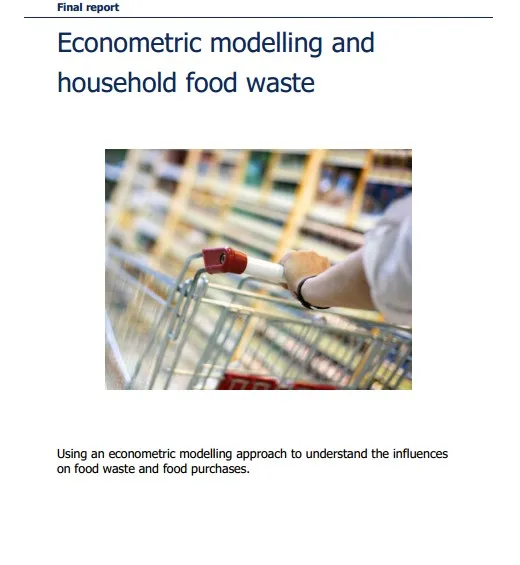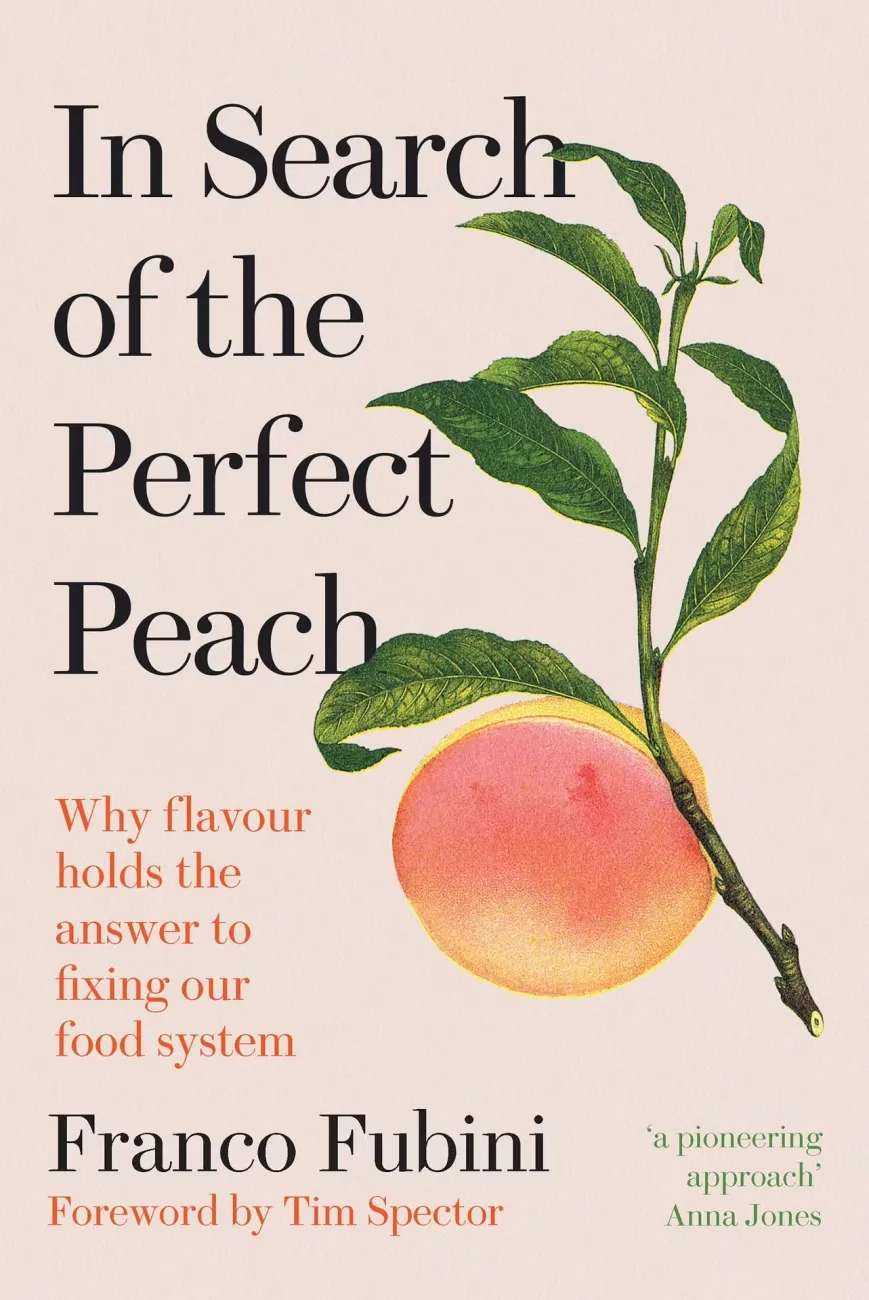
WRAP (the Waste Resources Action Programme) has published a new report which uses an econometric modelling approach to investigate the influences on household food waste and food purchases. It also looks into the implications of less food being wasted.
The model on which the new report is based, was originally commissioned by WRAP and developed by Fathom Consulting in 2009 to examine the interplay between: macroeconomic factors (household incomes and food prices, household awareness of food waste) and the weight of food purchased and wasted by households. The new work presented in the report sought to improve and update the model, and further explore its initial findings. These new results from the model suggest that:
- 40% of the observed reduction in household food waste between 2007 and 2010 is attributable to an increase in food waste reduction activity (such as national and local communications and other consumer engagement, the provision of tools and advice etc.). Around 35% of the reduction is attributable to the impact of higher real food prices while the relative decrease in incomes contributed to a lesser extent to the reduction (ca 5%). In other words, most of the reduction in food waste seen in the UK in the last few years can be attributed to greater awareness of and activities around food waste issues, although the higher food prices and recession induced income decreases have also contributed. (NB the report itself gives a greater range – suggesting that between 29-40% of the reduction in food waste is communications oriented – and it also suggests that WRAP is responsible for at least 75% of this reduction).
- By 2011, the reduction in food purchases implied by the increase in food waste reduction activity had resulted in an annual saving of £1.9 billion for UK households. Consumers chose to spend around half of this saving in ‘trading up’ to higher value foods. Therefore, the research supports the earlier finding that as consumers avoid food waste, many change their purchasing behaviour and buy smaller quantities of higher price food.
Key points as follows
- A new food waste reduction activity index (FWRAI) has been developed, to reflect a wider range of activities by WRAP and partners to help consumers waste less food. This includes data on behaviour change, visits to www.lovefoodhatewaste.com and media mentions of food waste.
- The econometric model suggests that within a six to twelve month period, a one standard deviation increase in FWRAI would lead, on average, to a 0.7% reduction in the constant price value of food purchases6. If we assume that an increase in FWRAI has a similar effect on the weight of food purchases, it would imply a reduction in food waste of 230,000 tonnes per annum.
- The model can account for a large proportion of the observed reduction in food waste between 2007 and 2010, and suggests that of the 1.1 million tonne reduction in food waste during that period, 40% is attributable to an increase in factors captured by the updated FWRAI.
- The index is constructed to reflect the consequences of WRAP and partner activity, but may also be influenced by other wider factors.
- A similar contribution of around 35% came from the impact of higher real food prices on the proportion of food that is thrown away. A reduction in income relative to trend and higher food prices relative to trend both accounted for a relatively small part of the decline in food waste.
- There may be an effect of factors other than food waste reduction activities within the reduction linked to the FWRAI, and equally whilst higher real food prices and reductions in income may have triggered actions to reduce food waste, it is likely that not all of these would have been realised without the food waste reduction activities enabling changes in behaviour.
- Other factors will also influence household food waste, such as changes to the way foods are packaged, labelled and sold, some of which will have required changes to consumer behaviour (e.g. choosing to purchase a particular product with re-closable packaging, and then using the functionality correctly) and some of which would not (e.g. longer shelflife).
- These factors are difficult to quantify and whilst further work may allow a more robust estimate to be made, it will be very difficult ever to determine a precise figure in such a complex system.
- The econometric analysis using the FWRAI is consistent with earlier work (2010), which found evidence that consumers ‘traded up’ as they learnt how to waste less food.
- Overall the data suggest that ‘trading up’ within food categories has occurred in response to a reduction in food waste. However, this effect may be masked at a UK level by the effects of the prevailing economic conditions. It may be that a tendency for households to ‘trade down’ when the economy is weak has, in practice, outweighed a tendency to ‘trade up’ as food waste is reduced.
- As consumers become more aware of, and concerned by, the issue of food waste, it appears that they learn techniques for wasting a smaller proportion of the food that they purchase. In terms of the household budget, this is equivalent to a fall in the price of food: households do not need to spend so much in order to consume the same quantity of food and drink. Therefore, the physical quantity of food purchased falls.
- Households who waste less are left with a food waste reduction ‘dividend’. Our analysis suggests that by 2011 the reduction in food purchases implied by the increase in FWRAI since 2006 has resulted in an annual saving of £1.9 billion for UK households. The magnitude of the food waste reduction ‘dividend’ is estimated to be equal in value to 2.1% of all expenditure on food and drink in 2011.
- This research suggests that around one half of the food waste ‘dividend’ was used to buy more expensive food and drinks (i.e. to ‘trade up’), while the other half was either saved or spent on other things.
- New data was published in November 2013, which has effectively doubled the amount of information on food waste available for analysis in the model, and will allow the project team both to test more rigorously and, where necessary, improve the specification of this econometric model in the future.
Note that one interesting question, which the report doesn’t touch upon, is what the environmental impacts of the ‘waste dividend’ might be. Ie. It suggests that half the money saved as a result of avoided food waste was used to buy more expensive food and drinks while the other half was saved or spent on other things. All these uses of the saved money will have environmental implications which may be positive or negative.
If anyone has any thoughts about this or has done any work in this area please let us know. You can post comment in our forums or write us directly taragarnett@fcrn.org.uk or communicationsfcrn@gmail.com.
You can read more here and access the report here.
You can also see other resources on waste and resource use on our website here.




Comments (0)